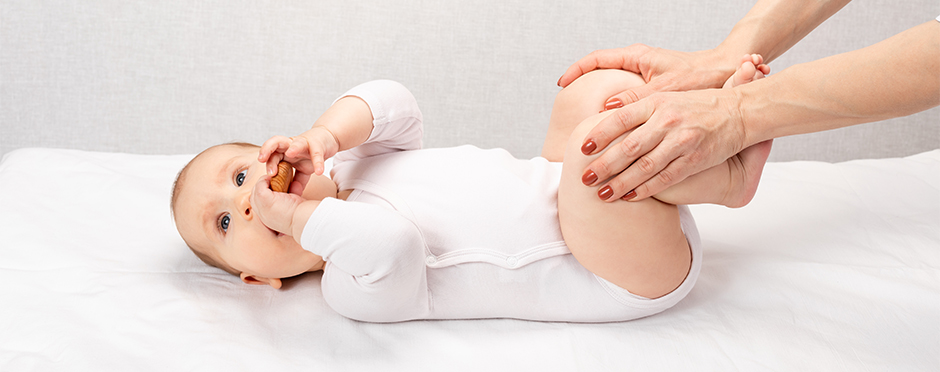
What Is Hip Dysplasia?
Leave a CommentIsn’t hip dysplasia something dogs have? The short answer is yes, but humans can also have hip dysplasia. Hip dysplasia has become increasingly more prevalent over the past decade, as hip dysfunction can be a source of pain. So, what is it? A typical presentation of hip dysplasia can be when the acetabulum (the portion of the hip joint attached to the pelvis) does not fully cover the femoral head (the hip joint’s ball). However, it may vary based on a variety of factors. Hip dysplasia can be diagnosed at birth, during childhood, or even as a young adult. Hip dysplasia is most common in females born from a first pregnancy and breech delivery.
Signs & Symptoms of Hip Dysplasia
The signs and symptoms of hip dysplasia can vary significantly from patient to patient as there are a lot of factors to consider. If hip dysplasia is diagnosed at birth, a soft brace can be worn to help bone growth during infancy. As a child (and young adult), the signs and symptoms become more complicated3.
Symptoms of hip dysplasia can include, but aren’t limited to1:
- Anterior and/or lateral hip pain
- Groin pain
- Sensation of feeling unstable when moving/walking
- Limping
Signs of hip dysplasia, things your MD will look for, are1:
- Positive Trendelenburg sign – this is when your opposite hip drops when standing on one leg
- Positive impingement test – this is when you have pain in the front of the hip when your hip is moved up towards your opposite shoulder
- Imaging findings (x-ray and/or MRI) – the below criteria will indicate dysplasia and are found by your physician
- Lateral center edge angle (LCEA): < 20 degrees
- Acetabular index (AI): > 10 degrees
- Anterior center edge angle (ACEA): < 18 degrees
- The threshold for the above numbers is less when the patient has significant soft tissue laxity (hyper flexibility) or femoral rotation abnormalities
Treatment Options for Hip Dysplasia
If hip dysplasia is diagnosed at birth and during infancy, a soft brace, also known as a Pavlik Harness, can be worn to help during development. For teens and young adults, treatment can consist of 4 things2:
- Activity modification
- Physical therapy
- Anti-inflammatory medication
- Surgery – periacetabular osteotomy
Physical Therapy Can Help
Do the above signs and symptoms sound like you or someone you know? If so, contact Athletico for a free assessment. One of our team members from the hip preservation team will assess your hip pain and provide the recommendation that best fits your needs. Free assessments are available both in-clinic and virtually through our telehealth platform.
The Athletico blog is an educational resource written by Athletico employees. Athletico bloggers are licensed professionals who abide by the code of ethics outlined by their respective professional associations. The content published in blog posts represents the opinion of the individual author based on their expertise and experience. The content provided in this blog is for informational purposes only, does not constitute medical advice and should not be relied on for making personal health decisions.
References:
1. Coobs, B. R., Xiong, A., & Clohisy, J. C. (2015). Contemporary concepts in the young adult hip patient: Periacetabular osteotomy for hip dysplasia. The Journal of Arthroplasty, 30(7), 1105–1108. https://doi.org/10.1016/j.arth.2015.02.045
2. Hip dysplasis in teenagers . Cincinnati Childrens. (n.d.). Retrieved March 23, 2022, from https://www.cincinnatichildrens.org/health/h/hip-dysplasia
3. Mayo Foundation for Medical Education and Research. (2022, March 23). Hip dysplasia. Mayo Clinic. Retrieved March 23, 2022, from https://www.mayoclinic.org/diseases-conditions/hip-dysplasia/symptoms-causes/syc-20350209
